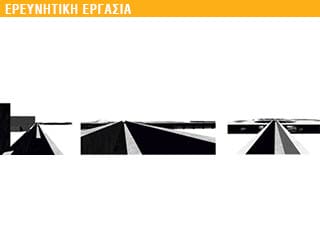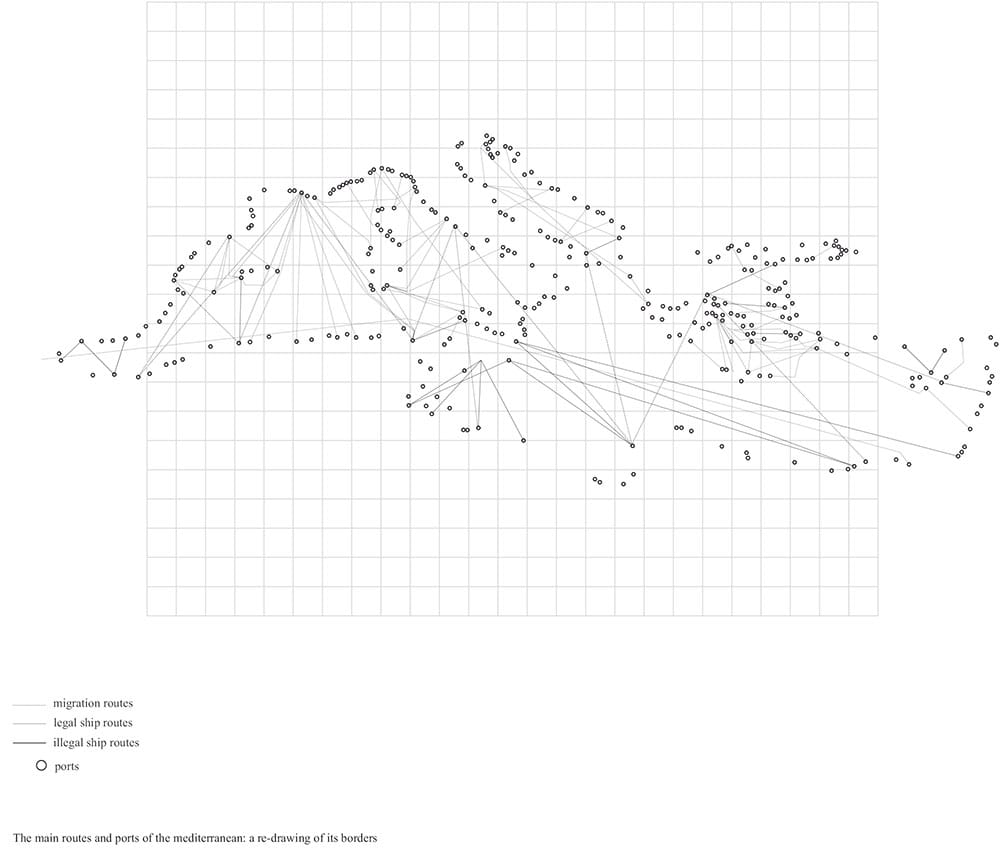Thresholds of Knowledge
Constantinos Marcou,
2012-2013 | UCL, Bartlett School of Architecture
Masters in Urban Design | Supervisors: Luca Galofaro, Davide Sacconi
The prison-island was meant to constitute a violently imposed spatiotemporal rupture in the life of the exiled. This rupture would construct a space-time of exception that could be prolonged arbitrarily. However, the left exiles, projecting to this incarcerating enclave their own vision for a liberating social rupture, have transformed it to a threshold: in their everyday hidden solidarity they were opening holes, communicating passages, in every spatial and temporal perimeter which was punishingly controlling their life. While inhabiting exception they were implicitly or explicitly fighting to make it porous, permeable. A precarious and contradictory condition indeed. However, sparks of a different public culture became visible as ephemeral thresholds opened the brutally imposed uniformity towards liberating otherness. [1]
The geopolitical and cultural divisions, the growing migratory flows, disputes on property ownership, the declining status of important commercial ports or routes, the traces of past colonial periods, the transformation of borderline conditions into zones of retrospect are some of the issues that characterize the cities on the edge of the Mediterranean sea.
This thesis looks at the notion of liminality beyond the poetic explanation that was embedded by different approaches and to read it through a dominant system of political, economical and social context. It departs from a speculation around the extra-territorial character of Gioia Tauro both as one of the largest containership harbor of the Mediterranean and as location of one of the Italian identification and detention center for illegal immigrants, as well as place where immigrants that are exploited and reduced to bare life conditions by criminal organizations that control the flourishing agricultural production. The project proposes to enforce the “liminal” character of the space constructing a system of thresholds to liberate the “otherness” through knowledge. Thresholds of knowledge manifest as a sanctuary, a neutral territory that politically belongs only to those who inhabit it.
Gioia Tauro is read through a strip of four conditions: water, port, industries and agriculture. These conditions although physically are disconnected with each other are all inter-connected to the politics of the place. What is proposed is to reconfigure the strip under the lense of a political sanctuary by using the university not only as a threshold of adaptation but as a political exodus.
Notes
[1] Stavrides, S. (1896). Towards the City of Thresholds. Professional Dreamers

A few years back an Egyptian holding a fake Canadian passport travelled from Cairo to Gioia Tauro locked inside a shipping container which he transformed into a home for
his long journey. © Constantinos Marcou

An article from the Economist states that more than 25,000 people have arrived in Italy by sea in 2011 and more specifically through the island of Lampedusa. These people in transit are Tunisians where a great percentage of them which are travelling die during their journey. © Constantinos Marcou

Section illustrating the educational platform, the hotel for the researchers and
the floating structure arriving at the port. © Constantinos Marcou

Detailed plan view of the agricultural part illustrating the
co-habitation strips. © Constantinos Marcou
















